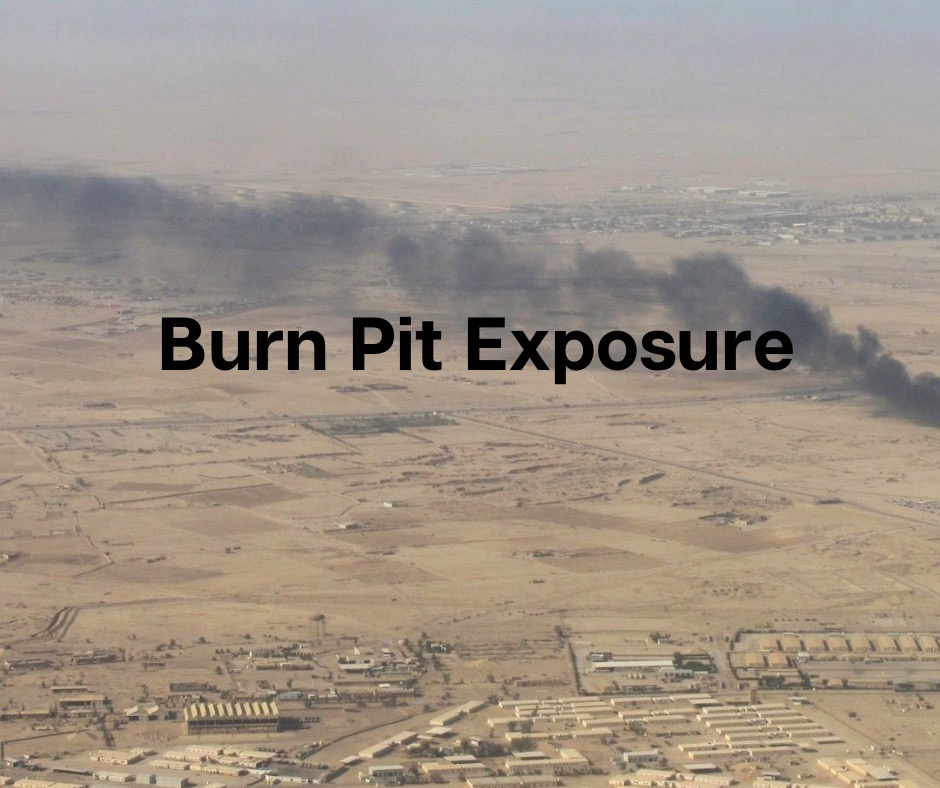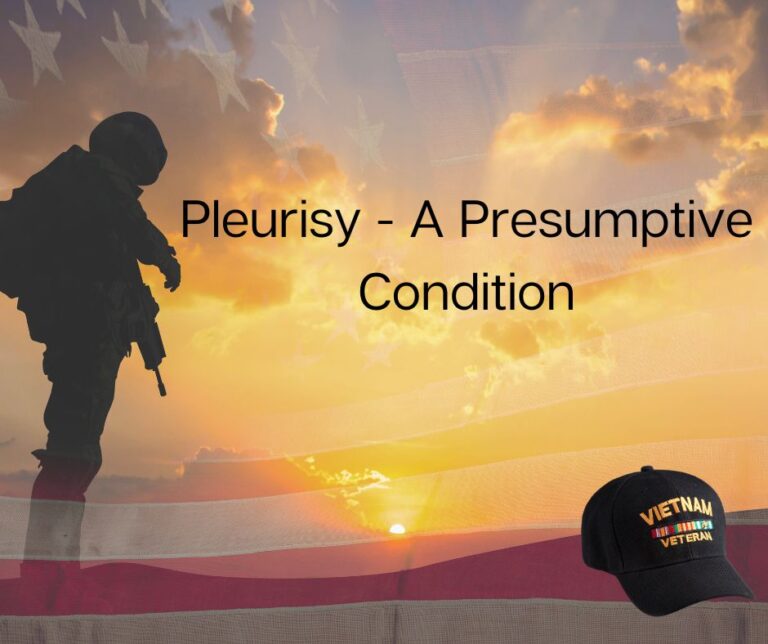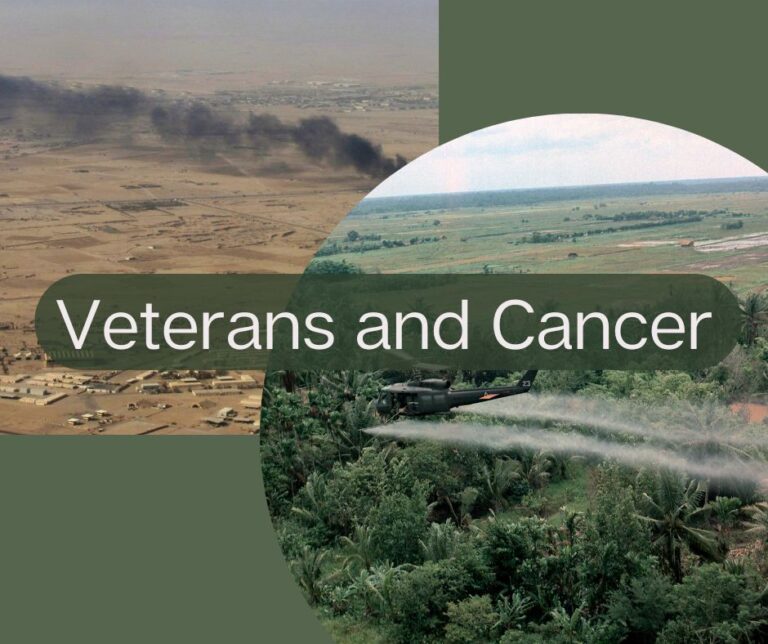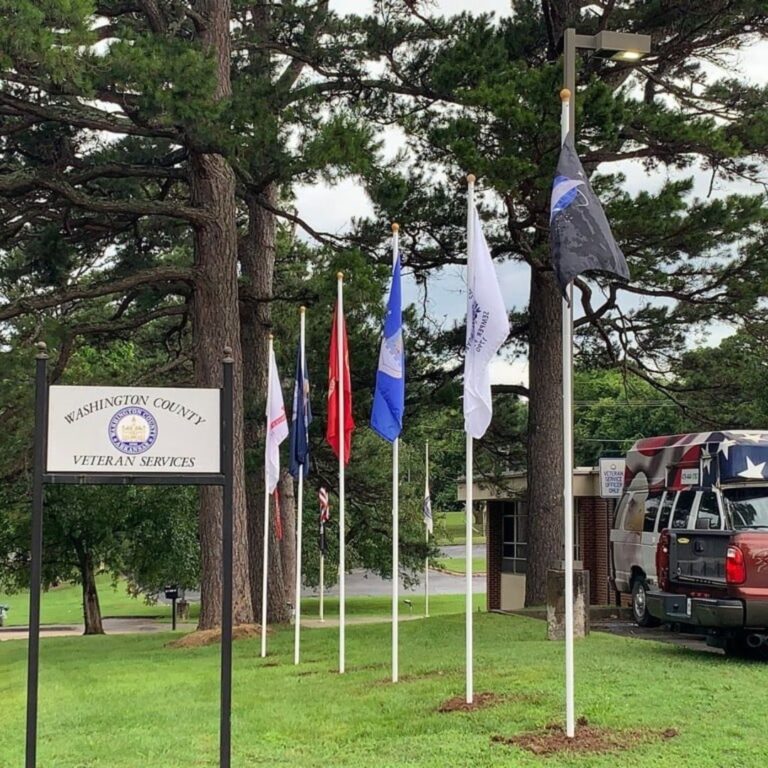Burn Pit Exposure
Burn pit exposure has become the newest rallying cry for Veterans. There are approximately 650,000 Service members having served in Operation Desert Shield and Desert Storm. The VA estimates about one-third of the Veterans who served in the operations deal with symptoms of Gulf War Syndrome. Many of those who deployed over the last 20 years taking part in Operation Iraqi Freedom and Operation Enduring Freedom are also dealing with health problems from Airborne Hazards from both burn pits and general air pollution in the countries where they served.
According to the VA, the term ‘airborne hazard’ means any type of contaminant or possible toxic substance in the are. This can include
- Smoke and fumes from burn pits
- Sand, dust, and other particulate matter
- General air pollution of certain countries
- Fuel, aircraft exhaust, and other mechanical fumes
- Smoke from oil well fires
This article examines the Gulf War Registry, presumptive conditions, and other issues surrounding hazardous material exposure.
Gulf War Registry
The Gulf War Registry is not a method for applying for benefits. It is not a fast track into getting compensation for Gulf War Illness. It IS a database and a tool for both Veterans and researchers.
Currently, the VA states on their newsletter that there are 152,000 participants on the registry. Participants receive a free health exam in order to discuss exposure to hazardous materials from service in the Gulf War and surrounding areas.
The Gulf War Registry allows the VA to gather information from Veterans who were deployed in the Gulf region. This information allows the VA to conduct research. The VA can then make determinations about what conditions should be presumptive for Gulf War service. In addition, the Airborne Hazards and Open Burn Pit registry (a separate registry) allows the VA to develop information specific to burn pits.
It is important to realize that participation in the registry does NOT result in a disability claim. The disability claim process is entirely separate from registry participation. In addition, participation in the registry does not mean that your claim will be automatically approved by the VA. Veterans will still have to move through the normal VA disability claim process.
Who is Eligible?
Gulf War
Most Veterans who deployed after 1990 are eligible for this registry. These are Veterans who served in the Gulf during Operations Desert Shield, Desert Storm, Iraqi Freedom or New Dawn. These Veterans are ones who deployed to the Southwest Asia theater from August 2, 1990 to the present.
Burn Pit Registry
The Burn Pit registry includes the Gulf War Veterans as well as Veterans who served in Afghanistan, Djibouti, Syria, and Uzbekistan during the Persian Gulf War from September 19, 2001 to the present.
Remember, as stated above, participation in the Burn Pit Registry does not mean that a Veteran has filed a claim with the VA. The Veteran must still go through the formal process of filing a claim. A local Veteran Service Officer is often the best source of assistance in filing the claim, as well as providing information about the entire claim process.
Presumptive Conditions
The presumptive conditions are asthma, rhinitis, and sinusitis.
An important point to remember is that a Veteran must actually be diagnosed with one of these three conditions in order to receive benefits from them. It is not enough to put in a claim for asthma if the Veteran has never been diagnosed with asthma, even if the Veteran believes they have it and claims to have trouble breathing ever since being deployed. There has to actually be a diagnosis in order to receive compensation for the claim.
Other Conditions
There are many other conditions which Veteran may believe are related to sand, dust, and other airborne hazardous material. If that is the case, Veterans may file a claim for these conditions. Again, there should be a diagnosis of the condition the Veteran is filing for. The VA will decide all of these non-presumptive claims on a case by case basis.
Gulf War Syndrome
Although the VA does not generally use the term Gulf War Syndrome, they do recognize these illnesses as ‘chronic multisymptom illnesses’ and ‘undiagnosed illnesses’. These conditions form a group of medically unexplained symptoms which include things like fatigue, headaches, joint pain, insomnia, dizziness, problems with respiration, and memory problems.
There are certain criteria which Gulf War Veterans must meet. However, if they meet these criteria that do not have to prove a connection between their illnesses and their military service. The VA presumes that there are certain unexplained symptoms which: last for six months or more, appear during active duty in the SW Asia theater of operations OR by Dec 31, 2026, and be at least 10 percent disabling.
These illnesses include:
- Myalgic Encephalomyelitis / Chronic Fatigue Syndrome. This is a condition of long term, severe fatigue which is not relieved by rest and is not caused by other conditions.
- Fibromyalgia
- Functional Gastrointestinal disorders. These are problems which refer to abnormal functions of an organ. Some of these disorders include irritable bowel syndrome and functional abdominal pain syndrome.
- Undiagnosed illnesses with symptoms including abnormal weight loss, fatigue, joint and muscle pain, cardiovascular disease, and other conditions.
Veterans need to understand that “undiagnosed” means that their Doctor has not been able to determine what is causing the condition. It does NOT mean that they have not been to a doctor and are simply filing a claim because they believe they have a condition related to the Gulf War. There should be medical evidence of the Veteran seeking medical care and being either diagnosed with a condition or a doctor being unable to diagnose what may be causing the condition.
Final Thoughts
The VA is continuing to research airborne hazards. Just because they do not consider your particular condition a presumptive does not mean that you cannot get compensation for it. Contact a local VSO to ask about filing a claim. And continue to watch the VA and this website for future information about burn pit exposure compensation.
As always, if you have any questions email us at infor@nwavet.org or drop a comment below.
God Bless,
NWAVet







